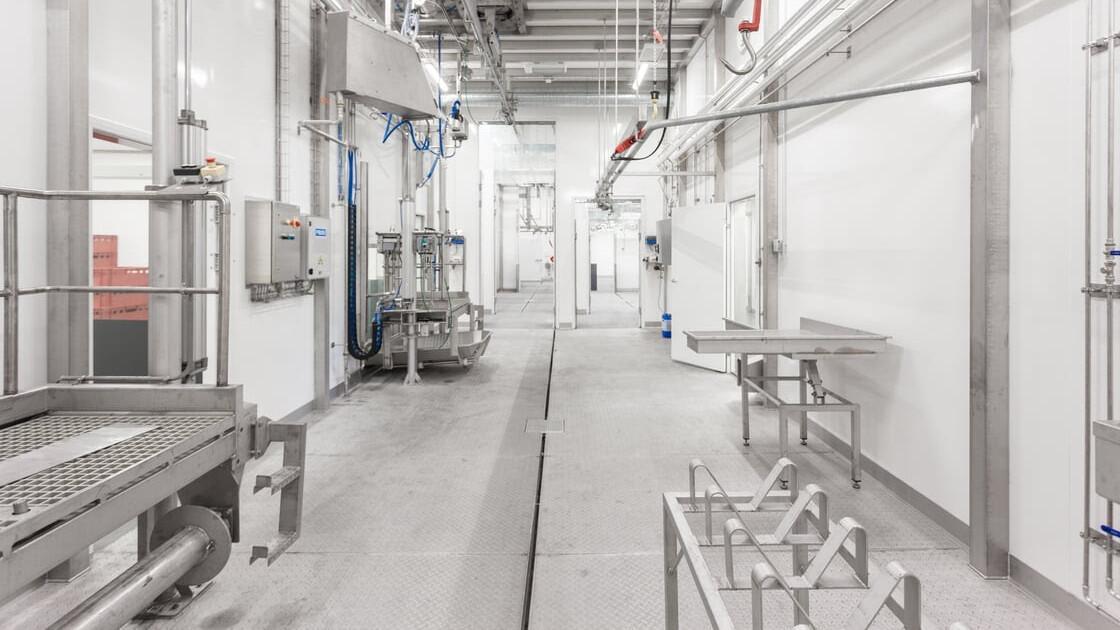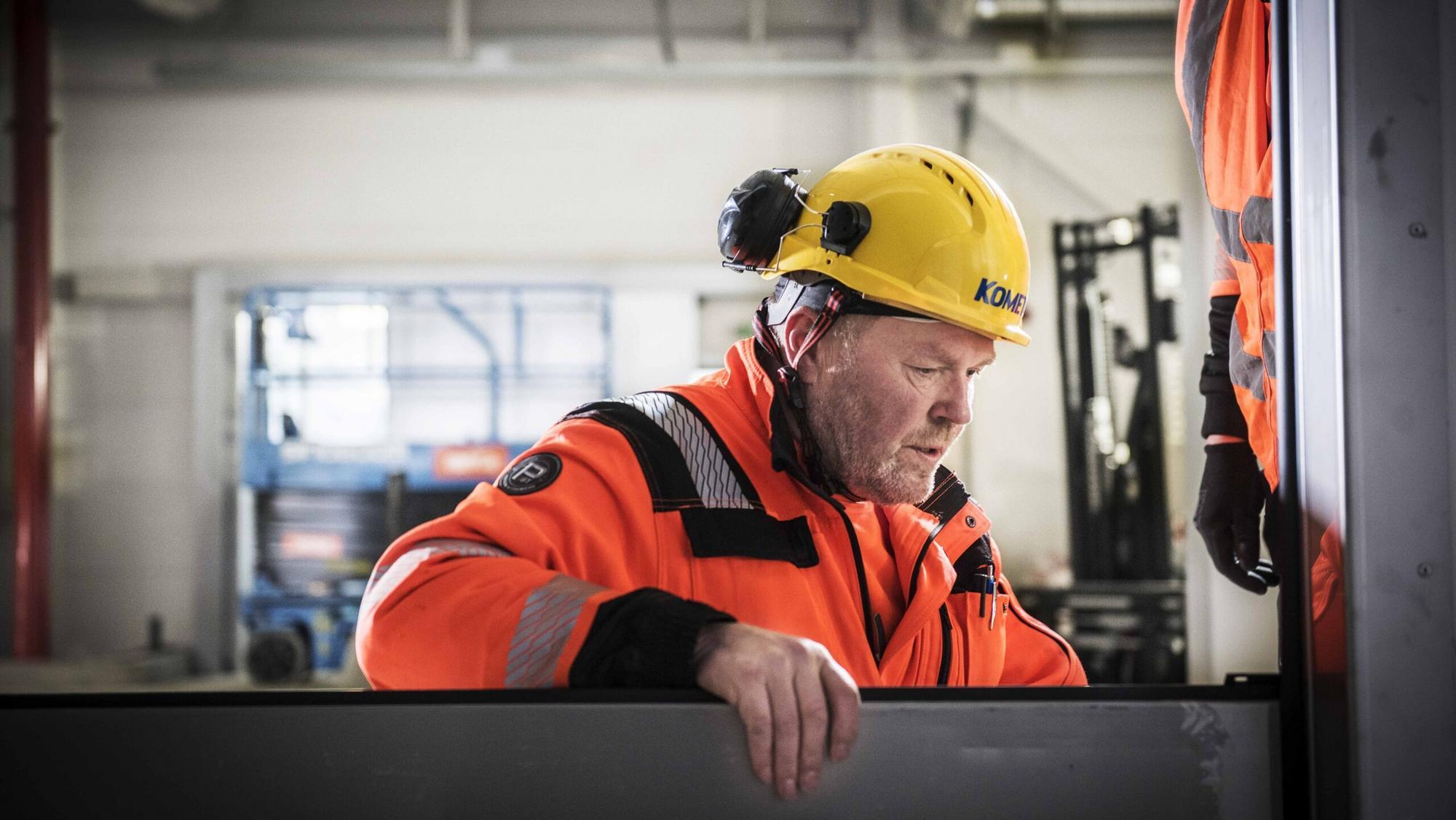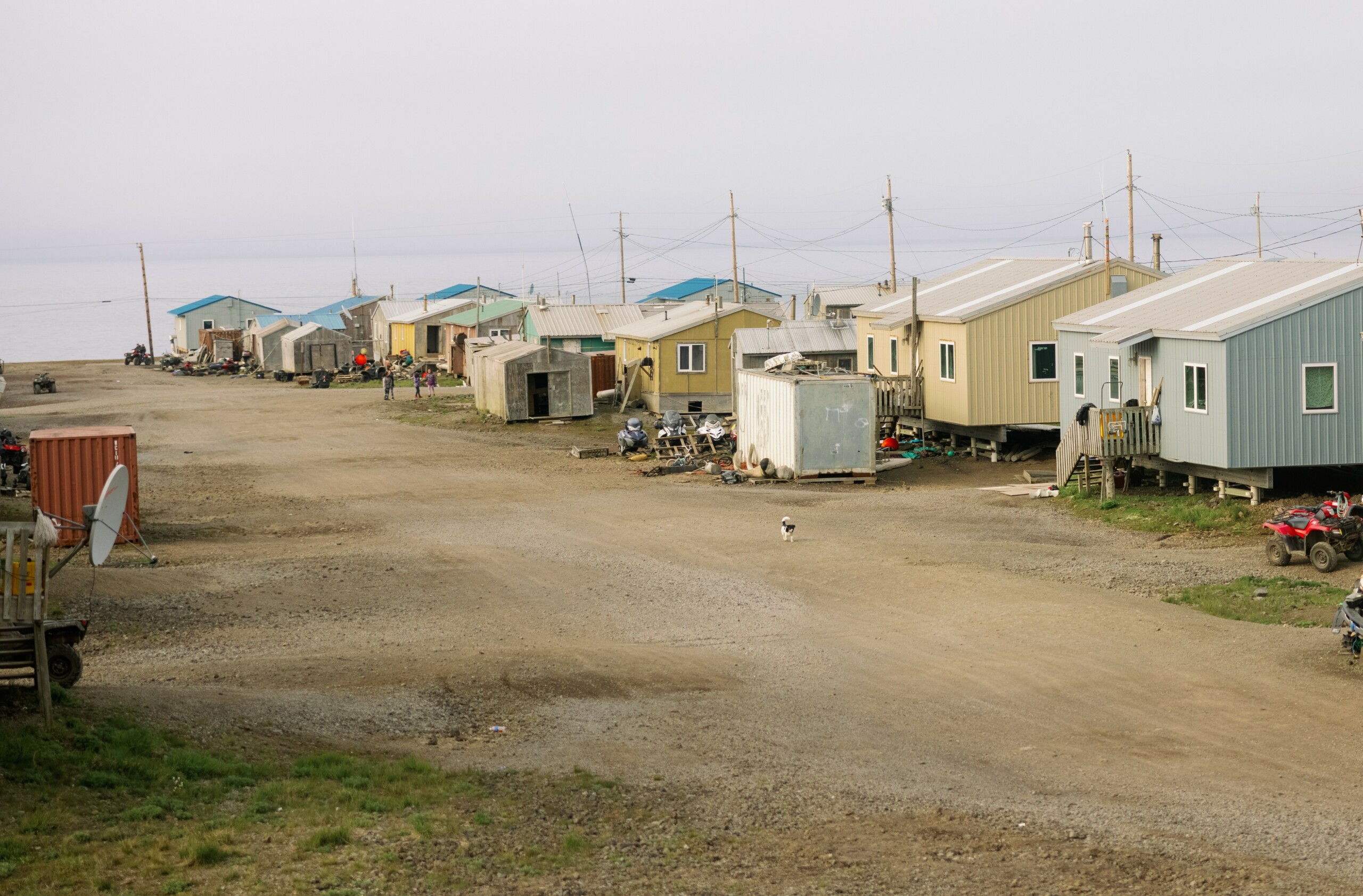
Investing in a production facility in the food processing industry is a strategic decision
Investing in a food production line or facility directly impacts your company’s profitability, efficiency, and competitiveness. Ensuring a successful project requires careful planning and asking the right questions from the very beginning.
These six key factors should be given special attention and thoroughly discussed with potential suppliers:
1. Capacity and Scalability of the Production line
- Current and Future Needs: What is the designed capacity of the food production facilities, and do they meet your current requirements? Is the facility easily expandable to accommodate future growth?
- Modularity: Is the facility relocatable if operations take an unexpected turn? Modular processing systems, such as Kometos’ Finmodules food production facilities, enable flexible expansion and adaptation to changing needs, while also allowing for module relocation if necessary.
2. Technology and Automation
- Process Automation: What types of automation solutions can be integrated into the new facility? Automation can significantly improve efficiency, reduce human error, and support cost management, particularly in terms of labor expenses. However, in slaughterhouses, it is crucial to recognize that automation does not eliminate the need for supervision – it requires carefully designed monitoring processes to ensure both quality and animal safety.
- Integration with Existing Systems: Can the technology of the new food processing facility be integrated with your existing production management systems?

3. Regulatory Compliance and Hygiene
- Regulatory Requirements: Does the facility comply with local and international food safety and regulatory standards? What permits are required for operation – and for reselling the products?
- Hygiene Solutions: How is the hygiene of construction materials ensured? Kometos’ modular production facilities are made from durable and water-resistant panel structures that withstand temperature fluctuations and, thanks to their antibacterial properties, help prevent microbial growth.
4. Energy Consumption and Environmental Impact of the Processing Facility
- Energy Efficiency: How energy-efficient is the facility? What solutions are available to improve energy efficiency? Energy-efficient solutions can significantly reduce operational costs and environmental impact.
- Environmental Friendliness: Is the facility designed to minimize environmental impact, such as wastewater and emissions? What types of construction materials are used?
- By-product Utilization: Can by-products generated in the process (e.g., bones, hides, blood) be commercially utilized or used for energy production? What solutions are available for this?

5. Maintenance and Services for the Food Production Line
- Maintenance Services: What maintenance and support services are available for personnel? Regular maintenance ensures a long service life for the facility and minimizes downtime.
- Spare Parts Availability: Are spare parts readily available, and how quickly can they be delivered? What is the expected lifespan of the solutions, and what are the maintenance requirements?
6. Overall Cost-effectiveness
- Initial Investment and Operating Costs: What is the total cost of the facility, and what are its operating expenses? Are financing options or leasing solutions available through the supplier?
- Return on Investment: What is the estimated payback period, and how will the food production facility impact your company’s profitability in the long run?
Thorough preparation and asking the right questions help ensure that your production facility investment supports your company’s goals and delivers long-term value. Our experts are happy to assist you – feel free to reach out!




